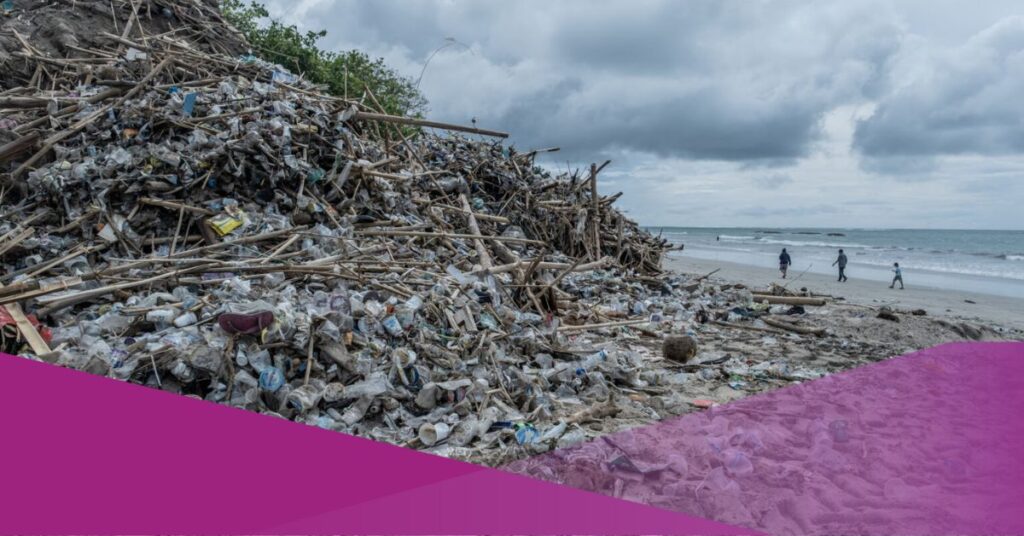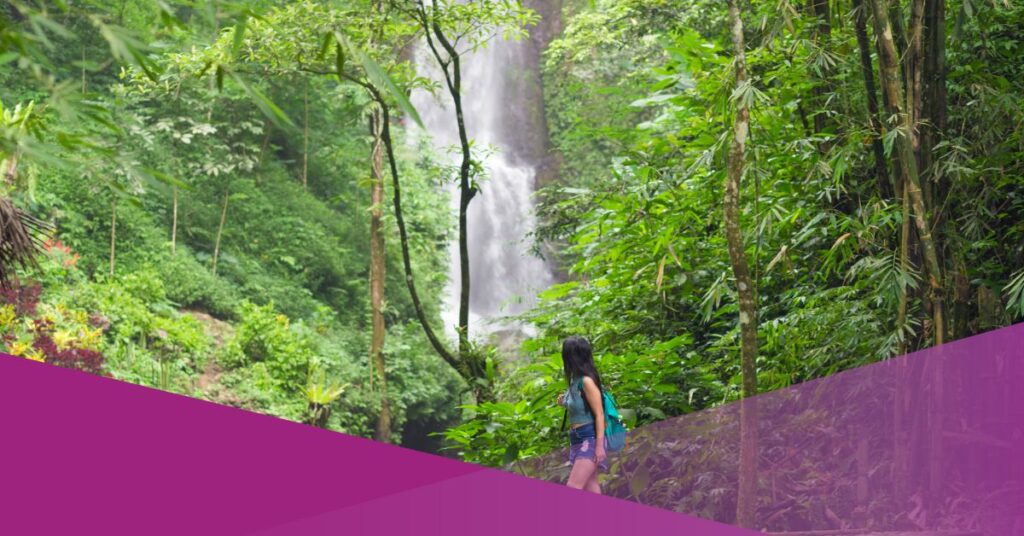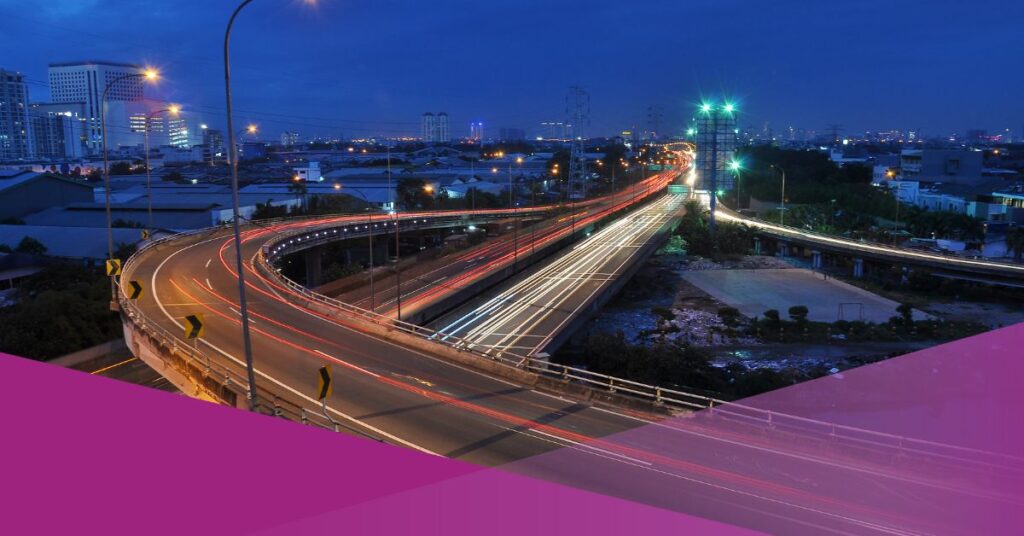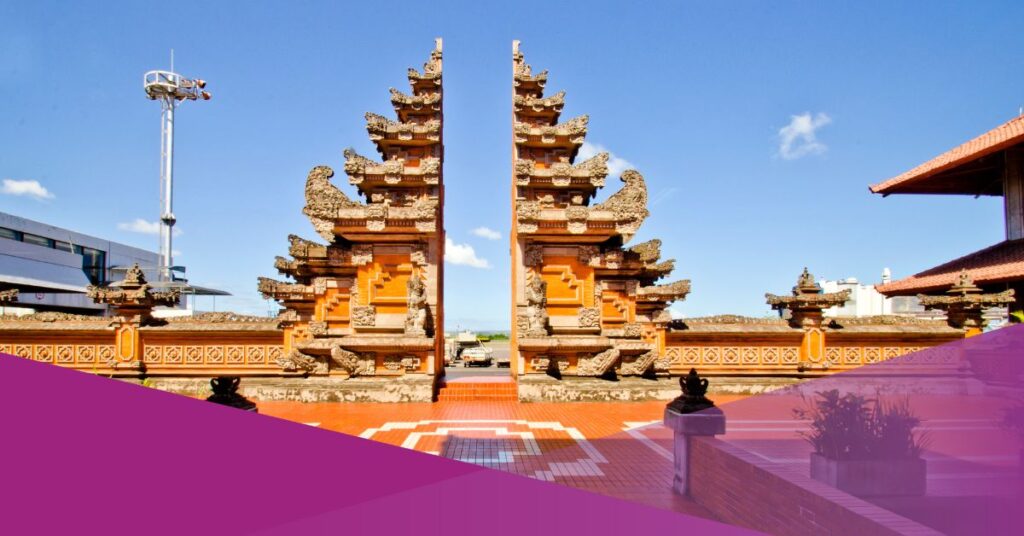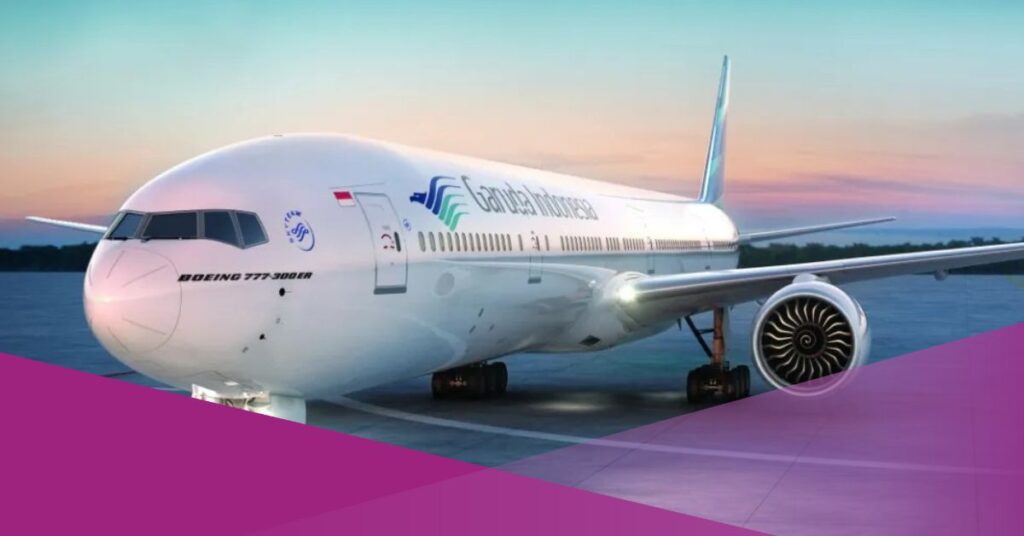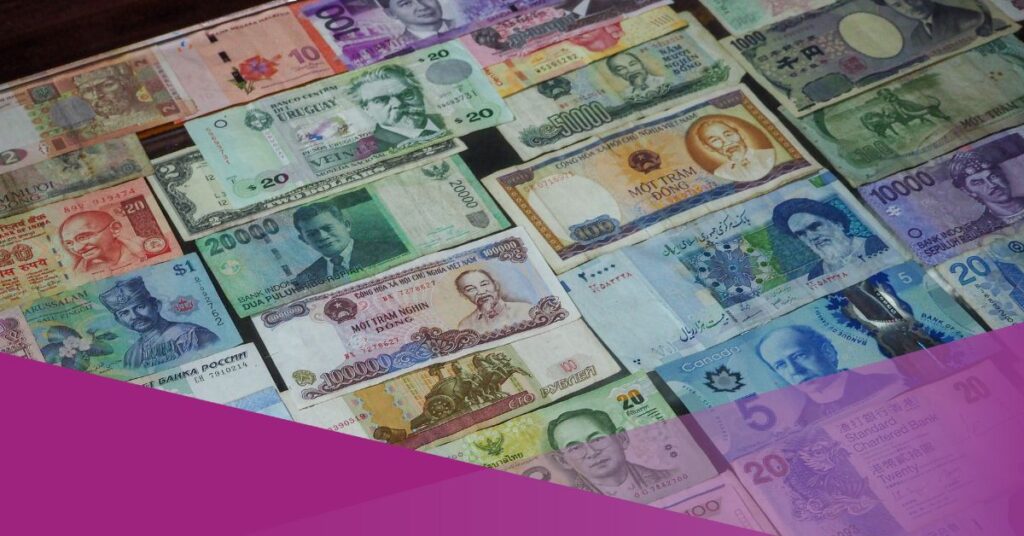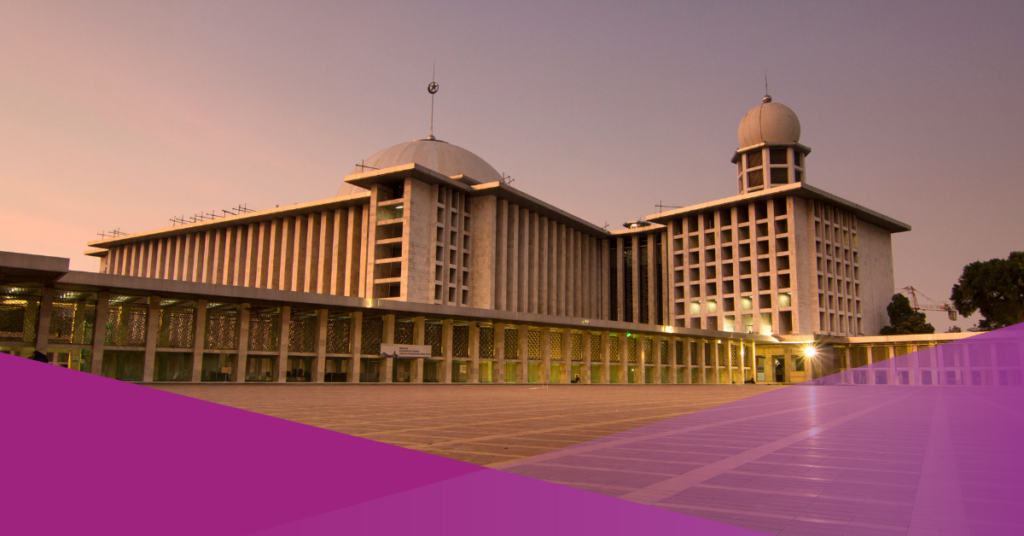Bali’s trash problem has been a recurring issue for the past decade. The worst case could be found on Kuta and Legian beaches. The once gorgeous beaches are now swamped in plastic trash. Tonnes of local and international communities are trying their best to clean up the beaches and restore them to pristine condition.
However, from October to March, during Indonesia’s rainy season, garbage is frequently deposited daily on Bali’s Kuta, Seminyak, Legian, and Jimbaran beaches. During this yearly phenomenon, strong winds, high tides, and torrential rains frequently carry plastic, trash, and rubbish from commercial boats onto the shore.
According to a 2017 study in the journal Nature Communications, Indonesia has the largest contribution to plastic pollution, with 200,000 metric tonnes of plastic trash washing into the ocean. I Wayan Sirna, the head of the Kuta Beach Task Force, stated that to solve the issue of garbage on the beach, they often coordinate with the appropriate institutions so that the debris may be cleaned up right away.
“Because per day, the amount of waste can reach 8 to 10 trucks,” he explained in October last year in response to yet another deluge of garbage.
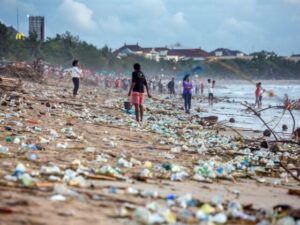
As Bali’s monsoon season ends, less trash is anticipated to wash up on the island’s coasts. However, due to Bali’s high levels of tourists, plastic pollution is still a significant issue for the island, with beaches in Kuta and Legian collecting up to 60 tonnes of plastic trash annually.
The issue of trash tsunamis on Bali’s beaches is exacerbated by monsoons, heavy rain, and the island’s poor waste management.
Earlier this year, the government inaugurated some gigantic waste management facilities. Even Indonesia’s President, Joko Widodo, asked other provinces to look at the facility and make it an example of how good waste management should be. However, it’s no match against Bali’s trash tsunami at Kuta, Legian, and Jimbaran beaches.
Interested about this topic? Check out our other articles?
